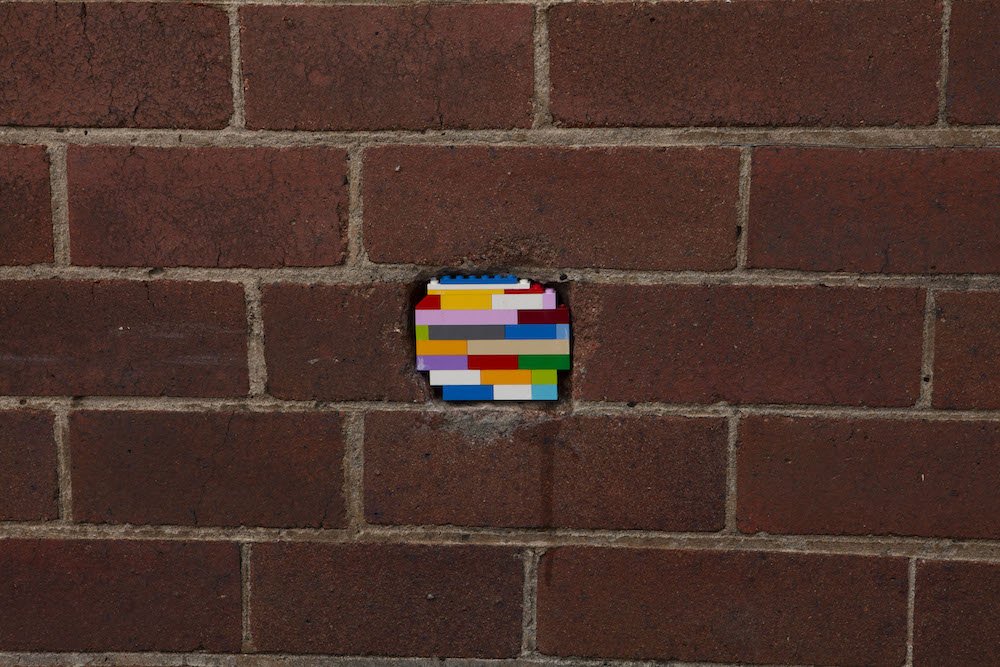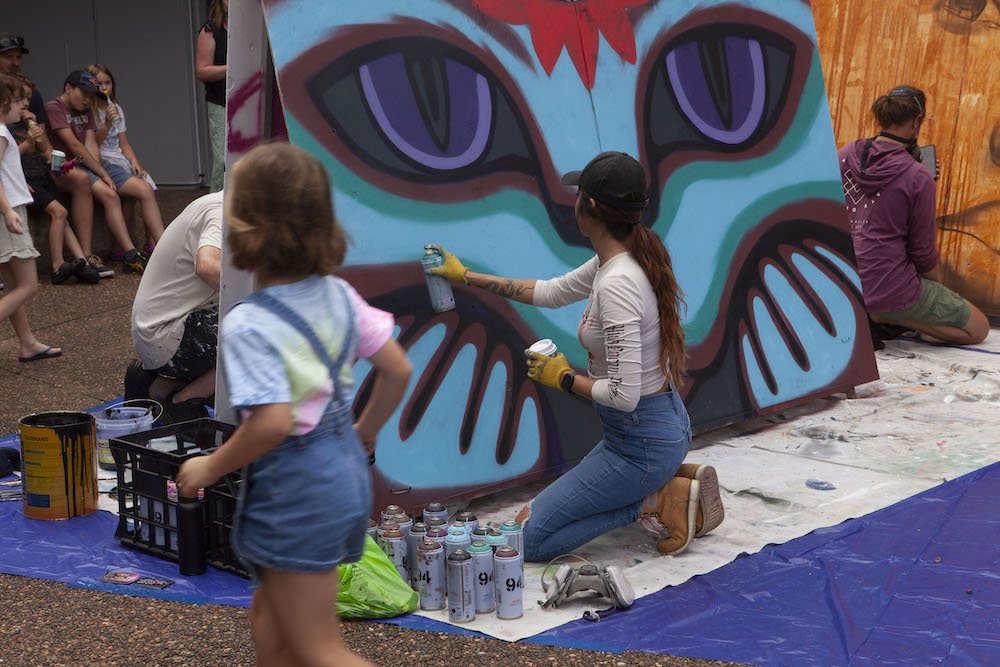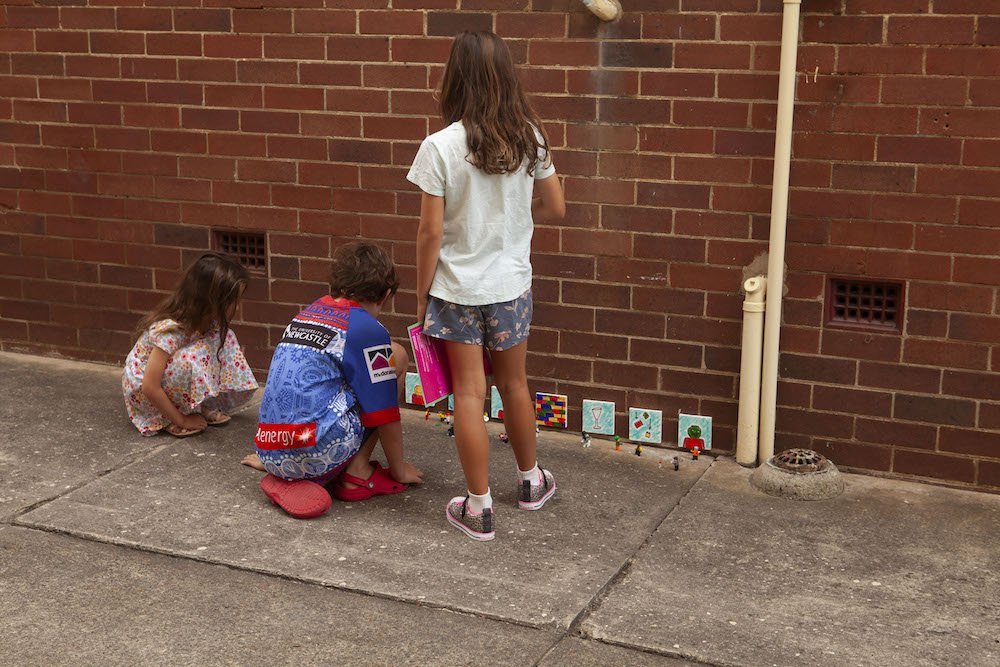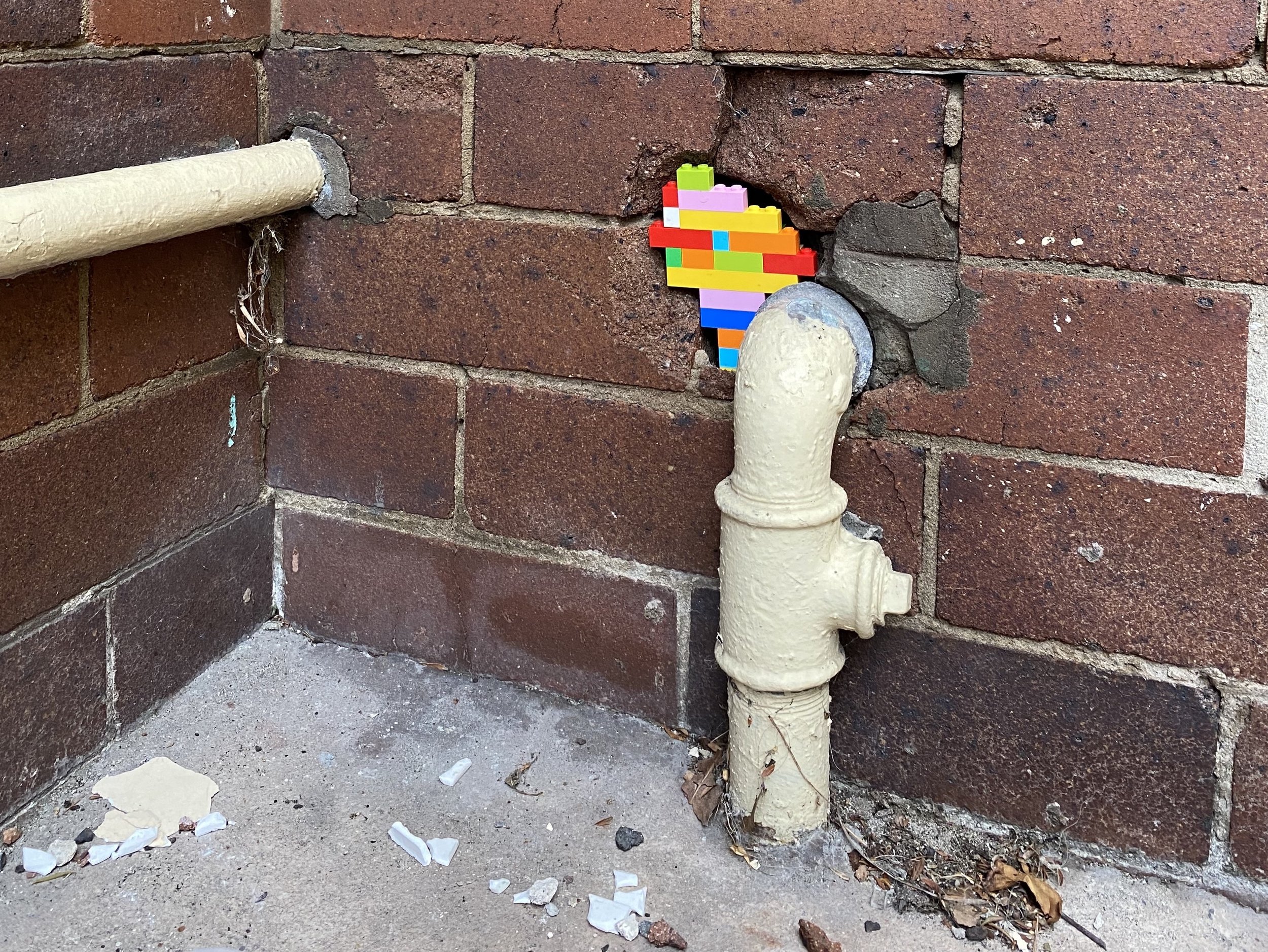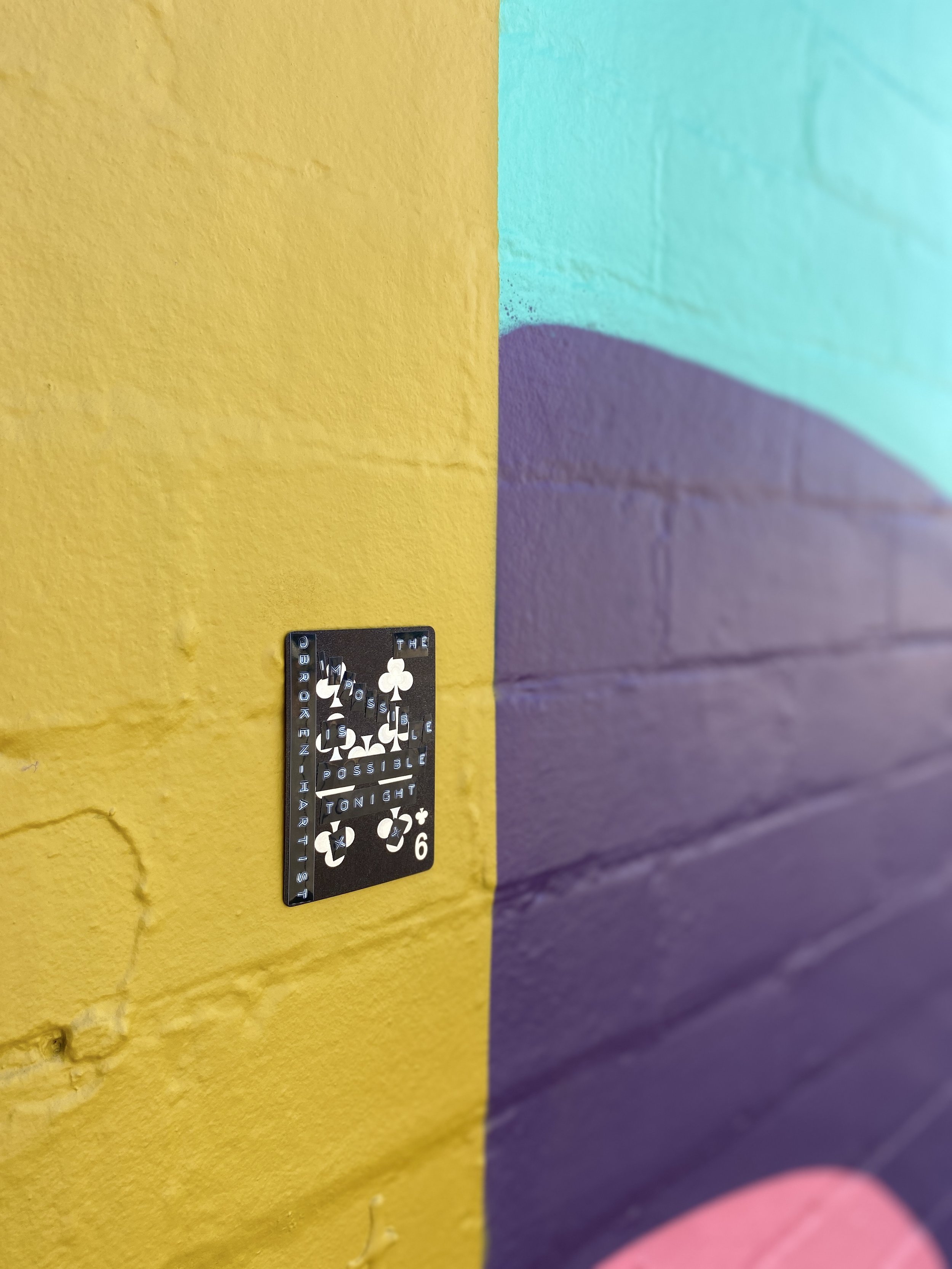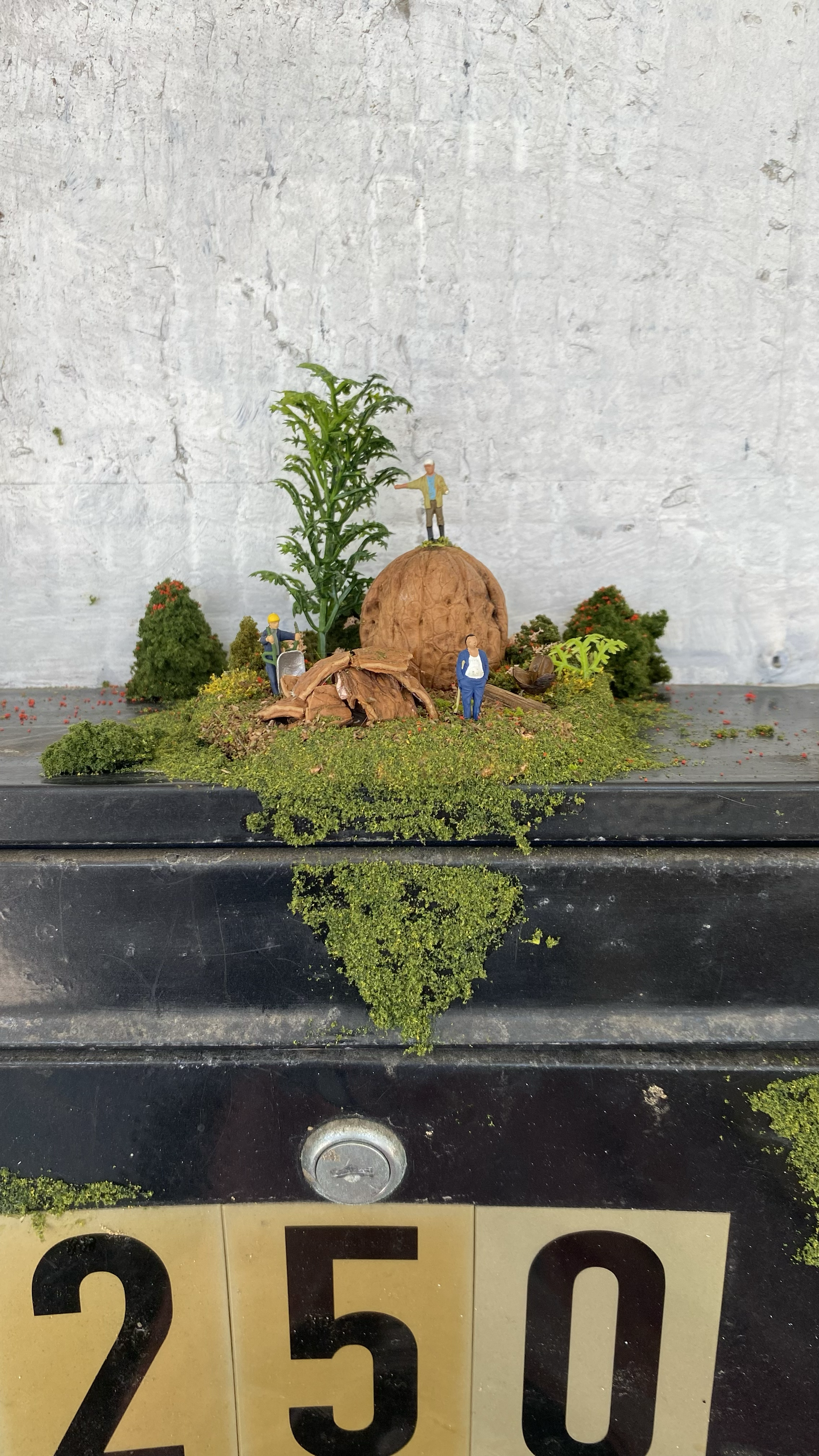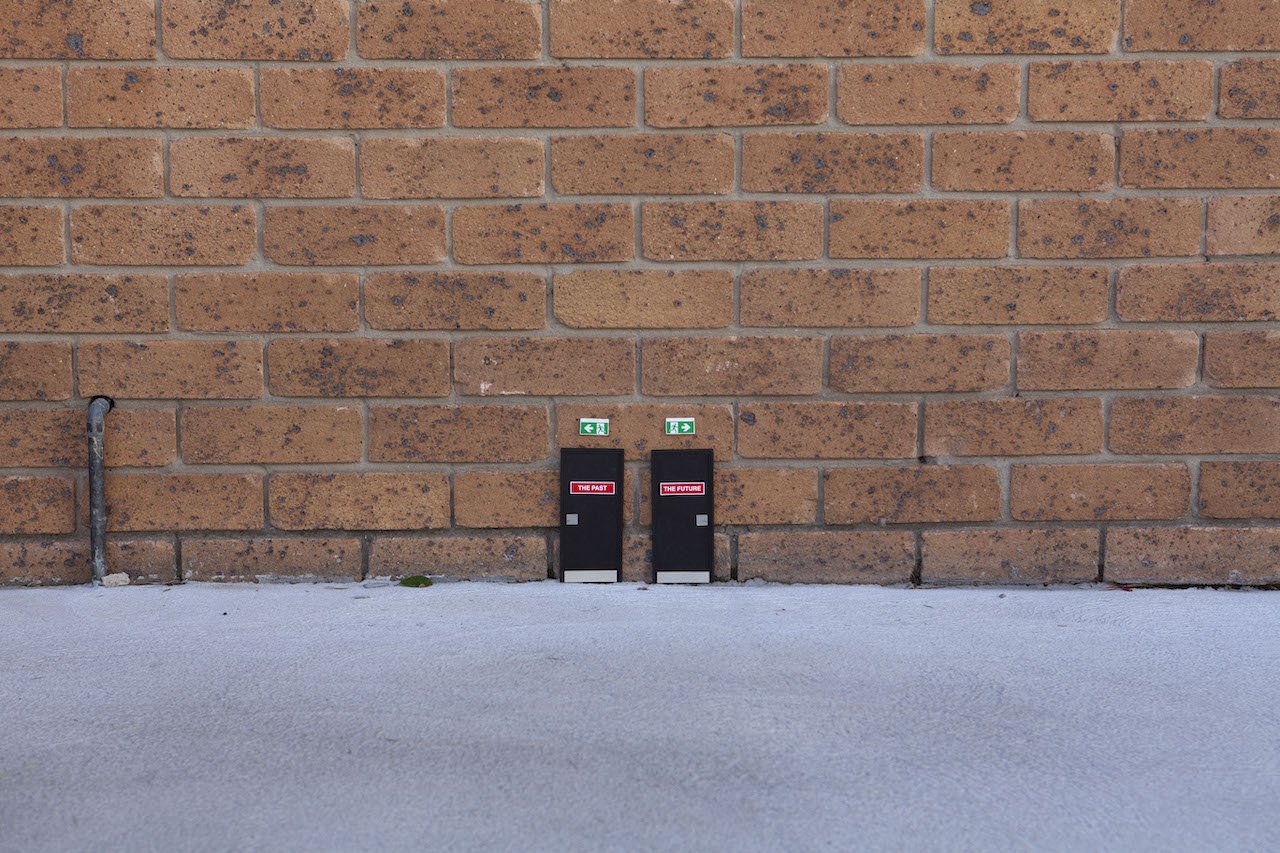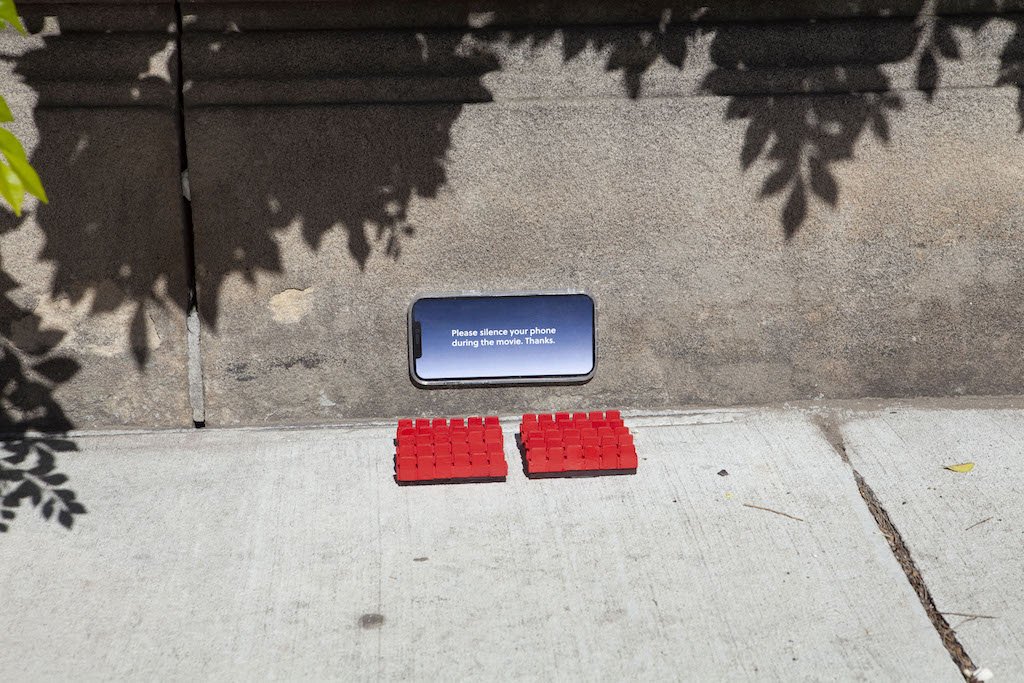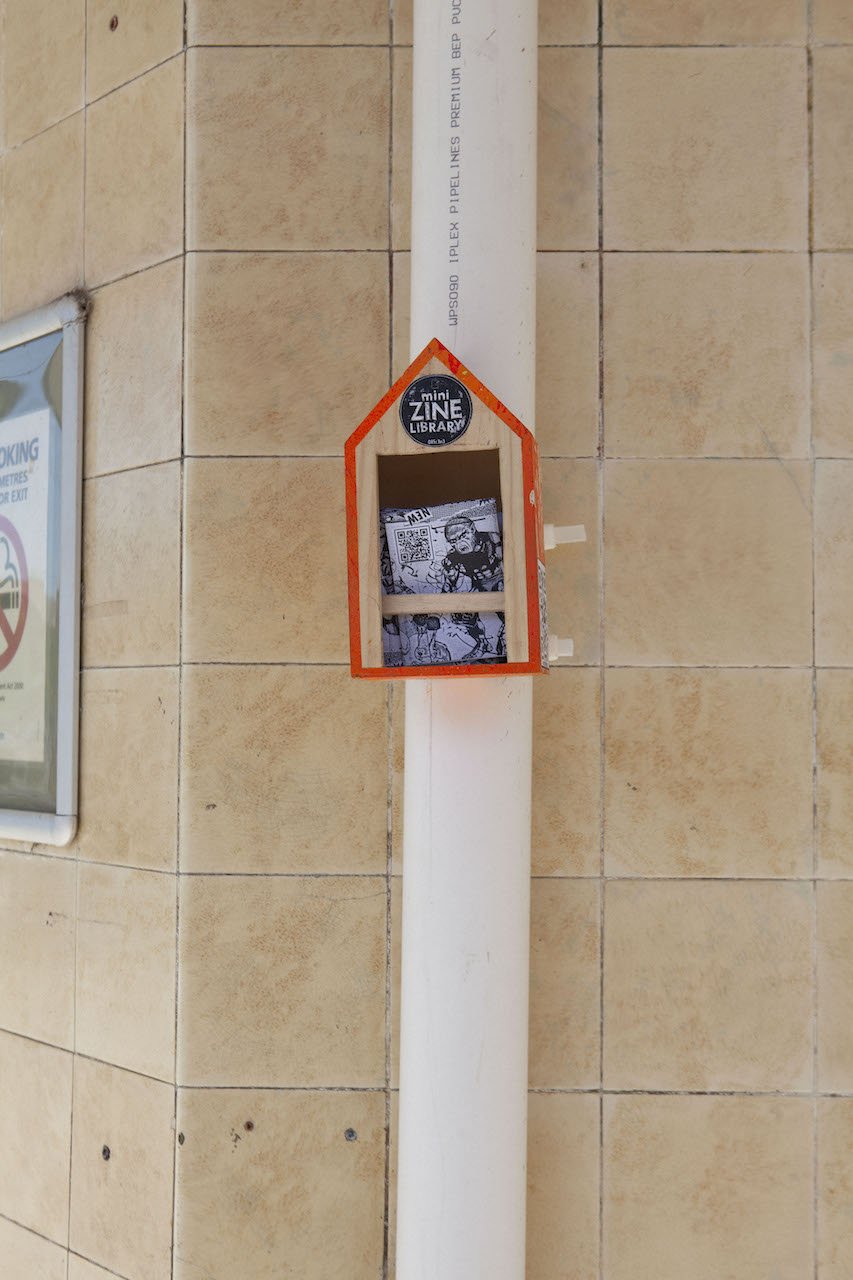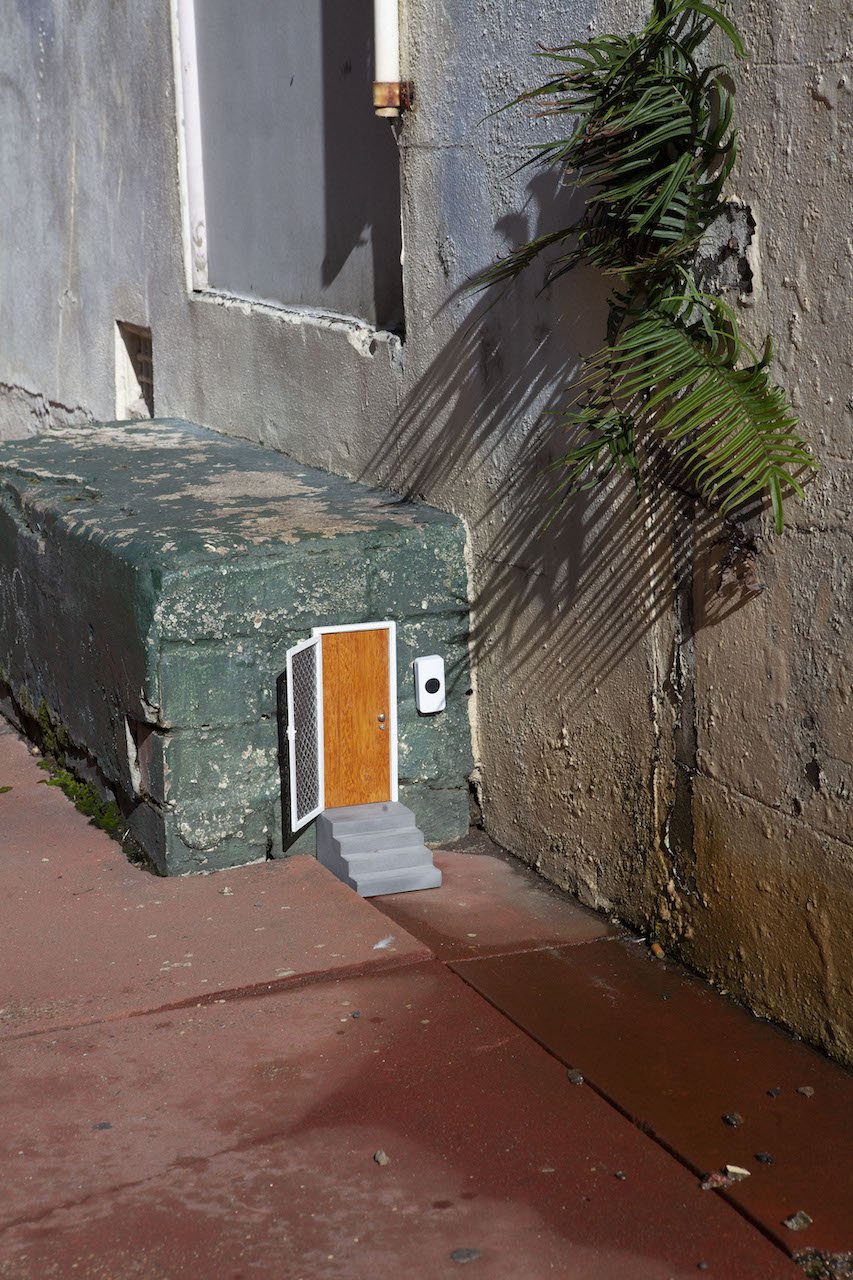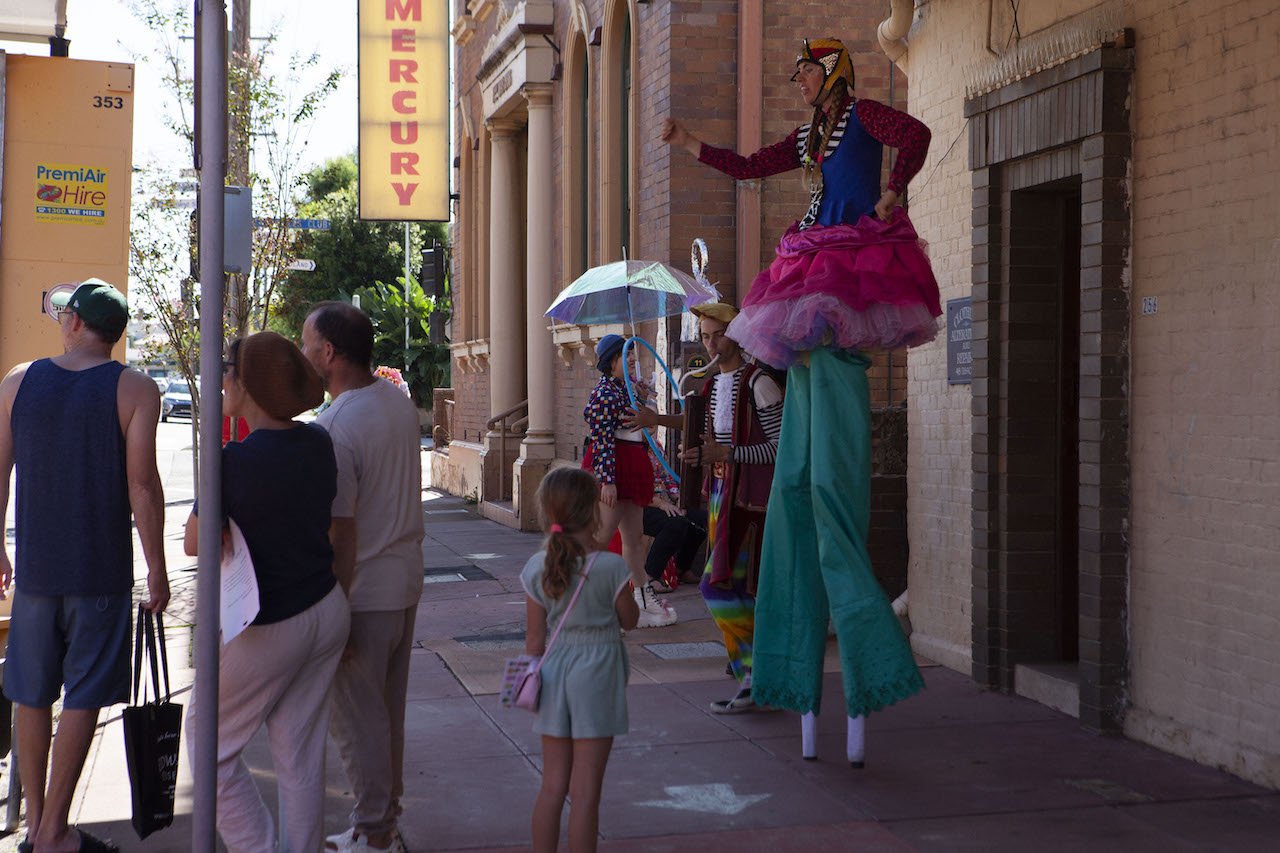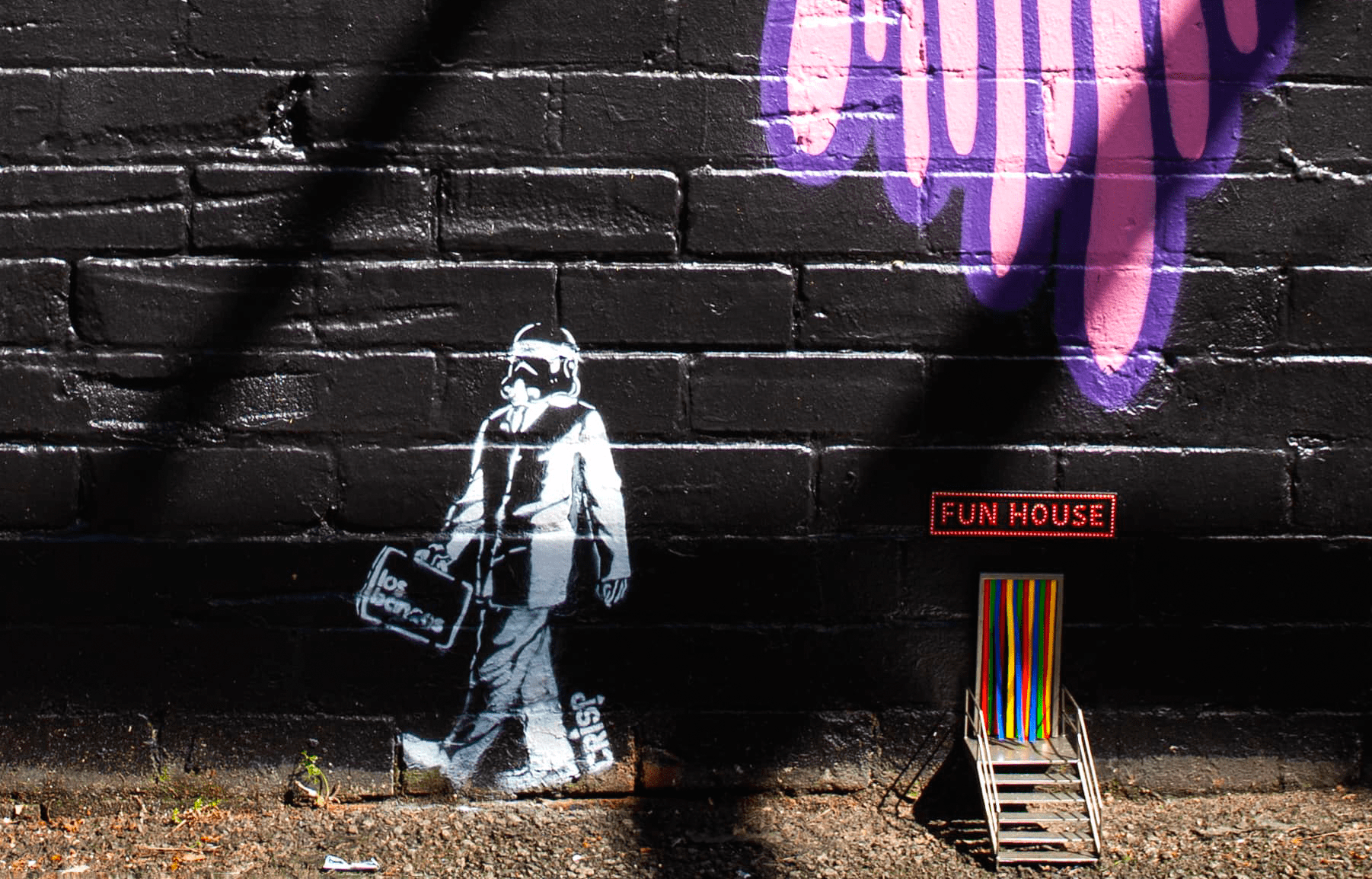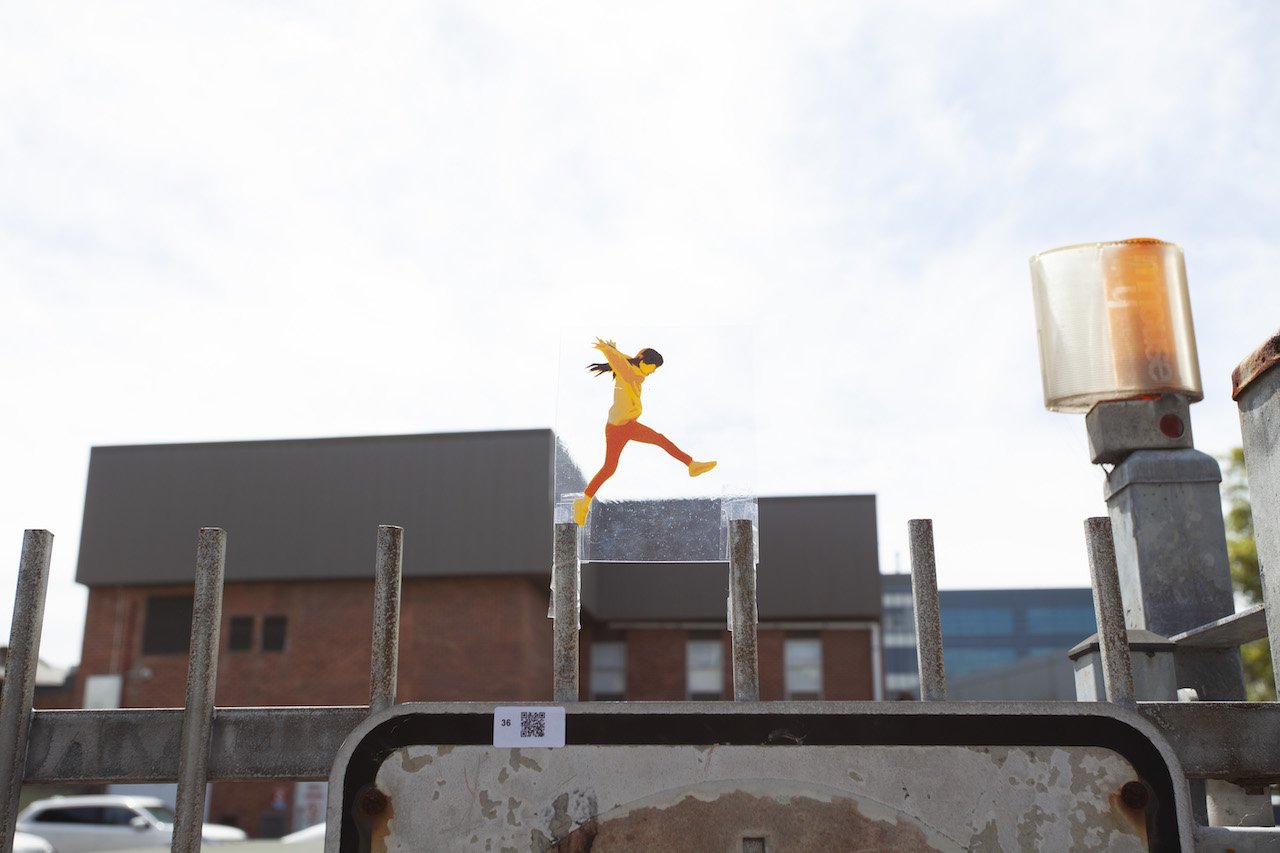
About
“If you walk a city, if you love a city, if you put in your miles and years with open heart and mind, the city will reveal itself to you. Maybe it won’t become yours, but you will become its chronicler, its pilgrim, its ardent lover, its defender.”
Statuesque, imposing and glittering with light, our urban environment is designed to impress, wearing its architecture like a stellar outfit, striding out along busy arteries in sling-back heels, its skylines changing with the season.
But if you peel back the glitzy frock from the city’s shoulder, you’ll find another world entirely. Nestled within wrinkled skin pock-marked with use, back alleys, sewer traps, pallet piles and hideaways are shrouded in gritty realism, thick like fur.
Here, city skin is tattooed with authenticity: visceral political scrawl to a ceramic totem to ward off evil, plastic bags woven into hurricane fencing and chewing-gum art, these ‘little things’ do as much to describe our urban spaces as giant billboards and commissioned graff... sometimes more.
A tiny boat pasted on the pavement beats on against a current of stormwater as it flushes the gutter; and rainbow yarn warms the trunks of scrabbly trees. A magpie sticker sits proud atop a STOP sign, doubling down on the message; and a miniature doorway as curious as Alice begs you to stop for a while…
Home to daydreamers and wanderers, to workers with a moment spare, these hidden corners of our metropolises offer an alternative narrative, one sprinkled with whimsy. They talk of the ‘other’, they embody ‘little’ in the face of expansiveness, and they reveal a richly patterned creative underbelly beneath the gloss.
For many of us, what lies beneath is a more revealing truth, bare-bones clad only in bright undies and a smile, a world in which litter and potholes and discarded shopping trolleys offer up a more realistic version of us. Small scale, discarded, diminutive, vintage – this is not in the guidebook.
These unplanned, organic spaces are hotbeds for reactivity, playful arenas in which to explore an urban world less contested and discover a diaspora of creativity, artworks that exist as a living part of the community.
And they are vital drivers of placemaking, self-expression, community engagement and social and cultural connection, forging a powerful sense of identity and inclusion.


